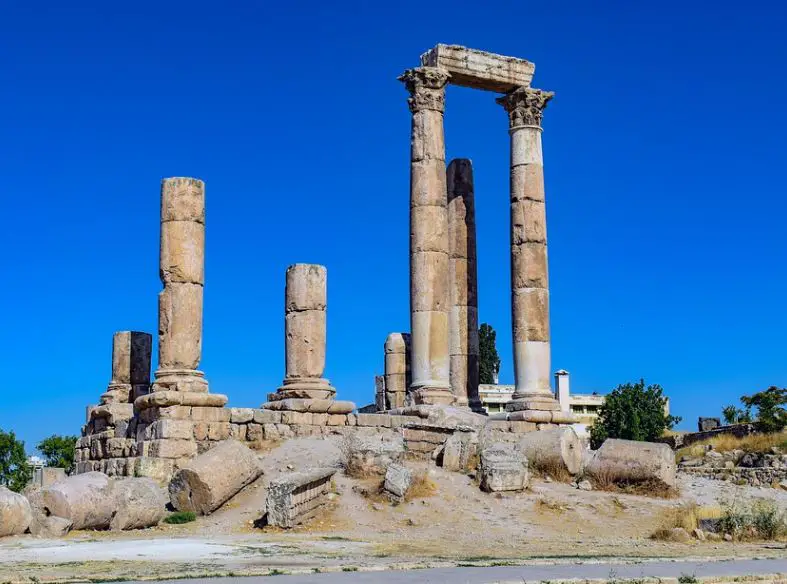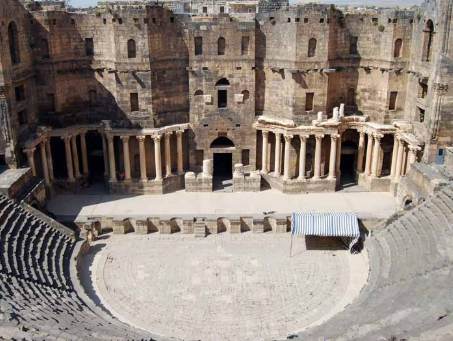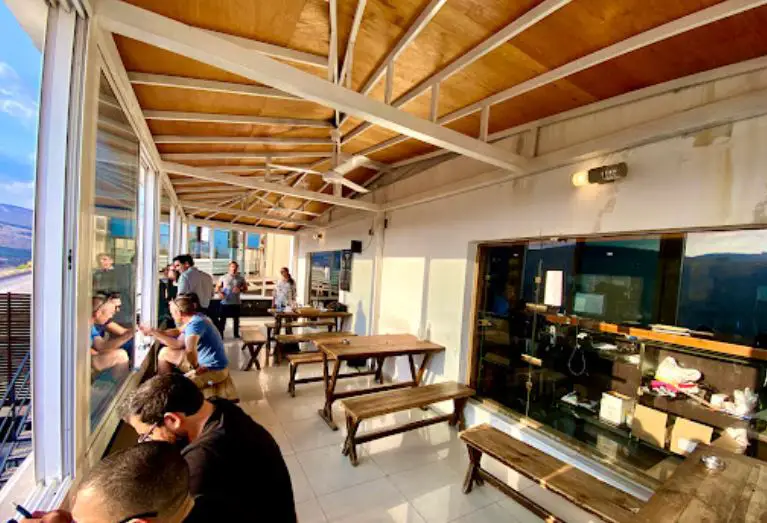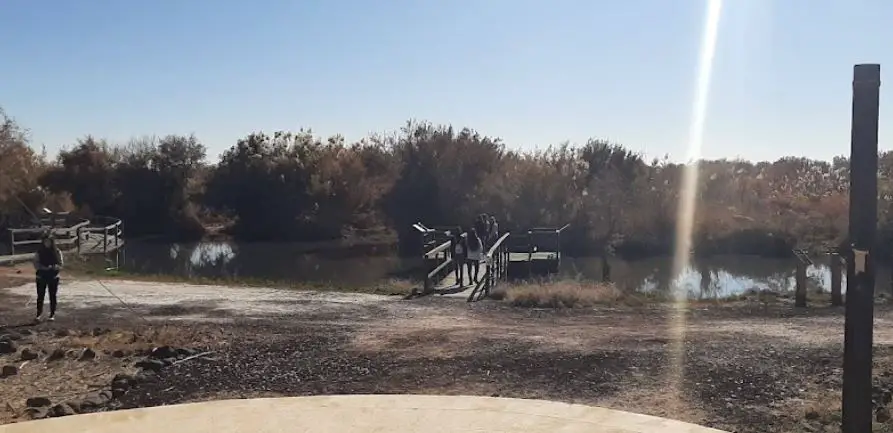Little Petra (Al-Beidha) In Jordan: Overview,Prominent Features,History,Interesting facts
Overview:
Little Petra (Al-Beidha) is an ancient archaeological site located a few kilometres north of Petra, Jordan. It is a Nabataean city, composed of a network of narrow streets and tombs cut into the sandstone and limestone cliffs, that date to the 1st and 2nd century AD. Little Petra was an urban trading centre for the nearby Tribe of Edom and served as an important link between Petra and Dhofar to the south. Little Petra is known for its beautiful and intricate structures, including houses, temples, and tombs, carved directly into the rock walls. The site is smaller and simpler than its more famous sister site, yet equally impressive. Little Petra is a part of the UNESCO World Heritage Site, Petra Archaeological Park. You can learn history, culture, and heritage through these magnificent monuments in Jordan
Prominent Features:
1. Siq Al-Barid: A winding sandstone gorge that leads into the ancient city, containing several mysterious remains and carvings. 2. The Treasury: The attraction at Little Petra, the pinnacle of the city, is perhaps its most prominent and iconic structure. 3. Many carved tombs: Numerous structures in and around Little Petra are believed to be ancient burial houses or tombs. 4. Inn and rooms: The structures that can be found in Little Petra are believed to have been an ancient hotel or inn which would cater to travelers and traders. 5. Nearby Pools: Near Little Petra, you can find several small natural pools known as Bir Mukhayyet, apparently named because of the reflection of the sky from its deep waters. 6. Ridged Mountains: The rocky ridged mountains border Little Petra, offering an incredibly beautiful backdrop to the ancient city. 7. High Arches: The high arches seen along the cliff walls of the site are beautiful examples of Nabataean architecture. 8. Main Cistern: The only surviving underground cistern of Little Petra can be found to the south of the Siq Al-Barid, which was built in the Nabataean era. This national monument of Jordan portrays the history and culture of the country.
History:
Little Petra, also known as Al-Beidha, is an archaeological site located in the Ma’an Governorate of Jordan, just north of the ancient city of Petra. It is believed that the site was originally settled by the middle of the Pre-Pottery Neolithic period during the 8th millennium BCE. Little Petra is notable for its carved face of a “snake goddess,” which is believed to be the work of the Edomite people from the period of the Biblical King David. Furthermore, this site is one of the earliest examples of architecture established in this period. The Nabataeans also inhabited this area of the desert during the 2nd century BCE and this is reflected by their building of dwellings at Little Petra, which featured courtyards, tombs, and water channels. Little Petra served as an important caravan city, due to its position on the imperial trade route connecting Damascus and Palmyra. In 1985, Little Petra became well-known around the world with the discovery of a royal tomb dating back to a transitional period between Nabataean and Roman control. The tomb features intricate carvings of grapes and vine leaves and is believed to have belonged to a king from the 2nd century BCE. Other important archaeological excavations at Little Petra have revealed ancient houses, a temple, a palace, tombs, and water cisterns, which have provided evidence of a far-reaching legacy of inhabitants spanning many centuries. Today, Little Petra is one of Jordan’s most popular tourist attractions and is regularly visited by both local and international tourists. You must visit one of these historical places in Jordan on your Jordan tour
Interesting facts:
1. Little Petra was originally known as Al-Beidha and is located just two kilometers away from the much larger Petra. 2. The site is believed to have been established by the Nabataeans some 2,000 years ago as a popular stop on the Silk Road. 3. It was known to the Greek geographer Ptolemy as "Rekem" and was the royal capital of the area until it was eclipsed by the nearby site of Petra. 4. Little Petra is still inhabited today by Bedouin families, who work the farms and still bury their dead in traditional stone-built tombs. 5. The site is also home to a remarkable collection of 1st, 2nd and 3rd century BC Nabataean rock carvings known as Petroglyphs. 6. The beautiful landscape and stunning coloured sandstone cliffs make Little Petra a popular destination for tourists and locals alike. Visit one of the famous monuments of Jordan with your friends and family.
Explore Jordan most popular tourist destination with us. Little Petra (Al-Beidha) In Jordan: Overview,Prominent Features,History,Interesting facts,which is 35.14 km away from Jordan main town, is the most popular destination to add in your travel wishlist.
-
City:
Jordan
-
state:
Jordan
-
country:
Jordan
-
country code:
JO
-
postcode:
.19117
Location:
Jordan Jordan
 In Jordan.png)
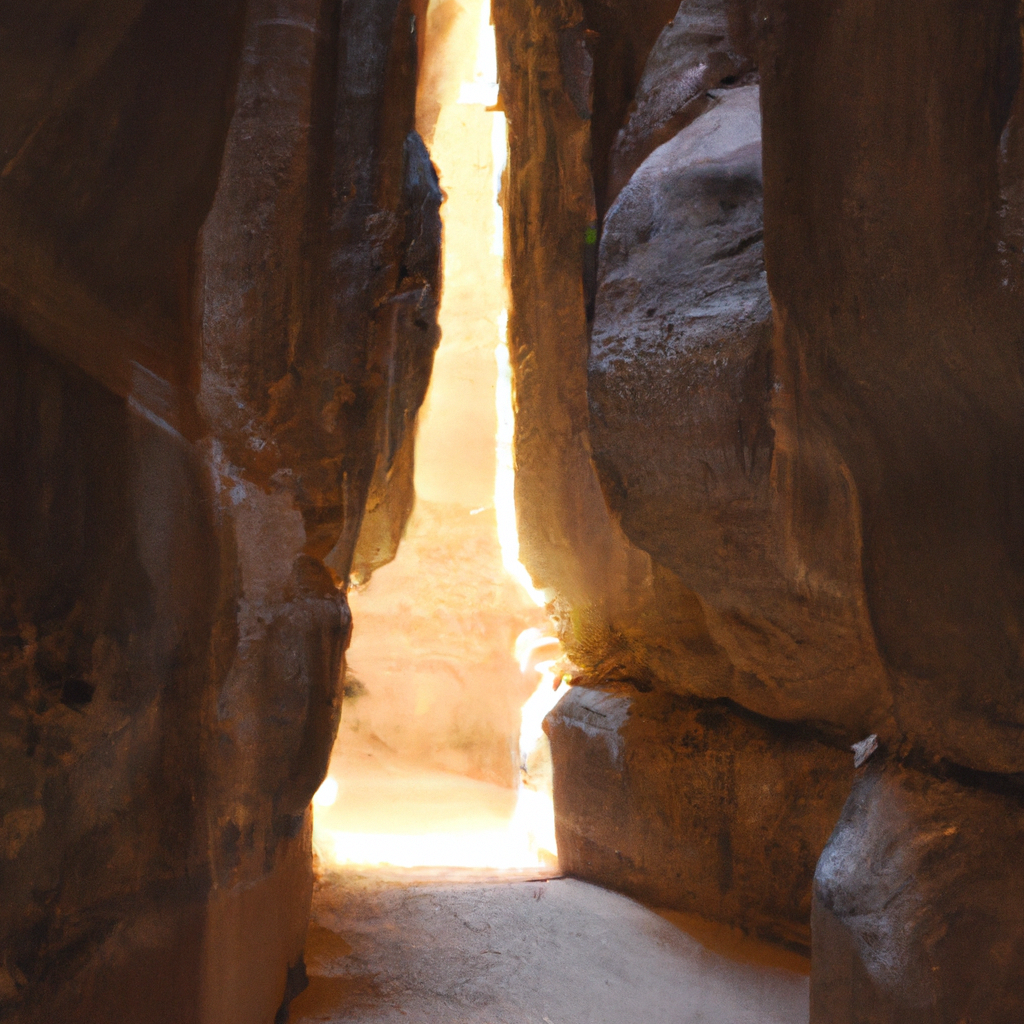


 In Jordan.png)


